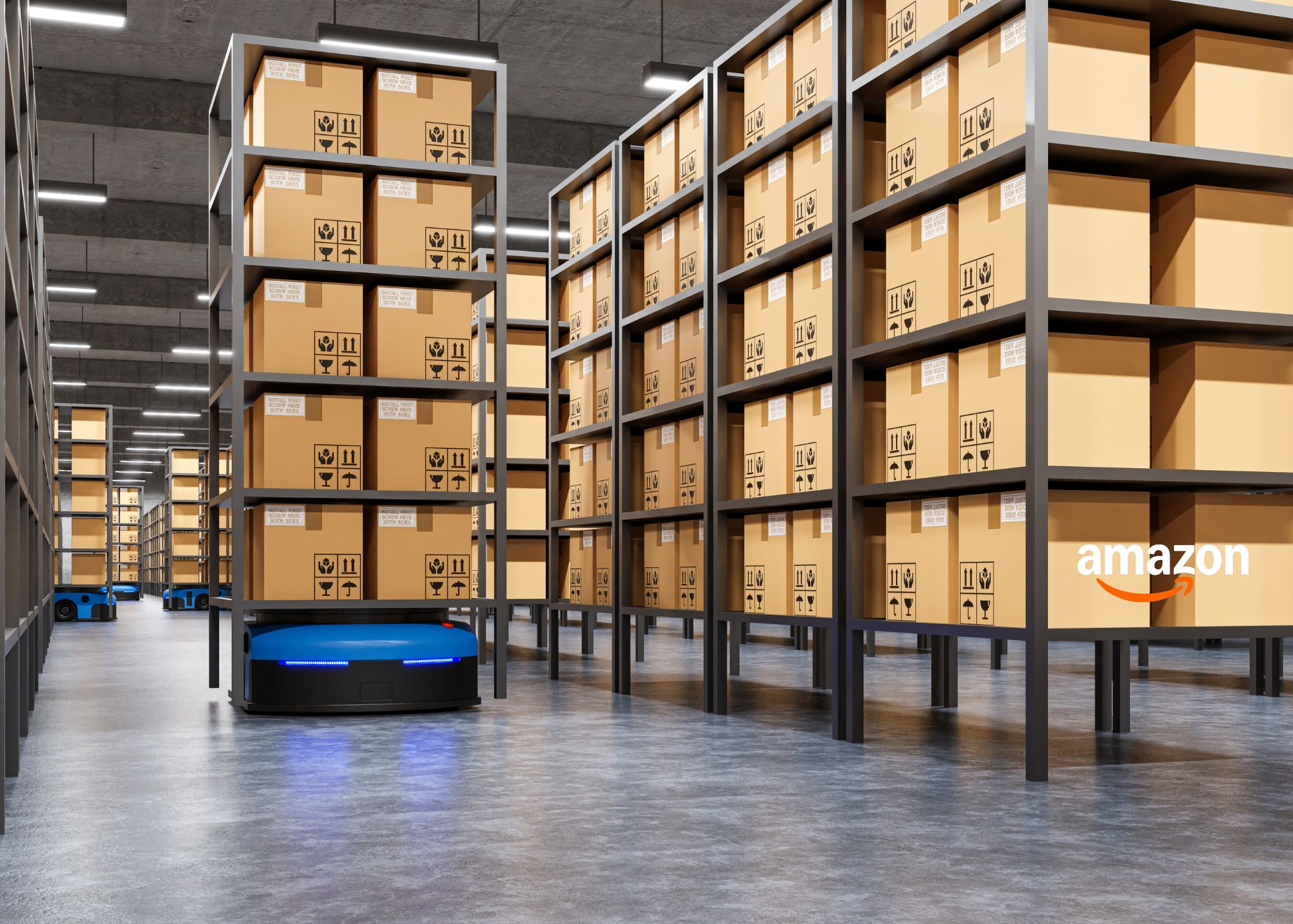The ONLY Metric Snowflake Investors Care About
Snowflake Inc. is a cloud computing data warehousing company trusted by fast-growing software companies. It allows companies to build data-intensive applications without an operational burden. According to the company Snowflake, “In less than a decade has become a global force to support the mobilization of the world’s data.”
This company had shown immense growth and achieved plenty of publicity prior to its initial public offering (IPO) that raised $3.4 billion. But how has the company done since then and what is the key metric that defines its success?
A Closer Look at Snowflake and Its Stock
Following the release of Snowflake’s fiscal Q3 2022 report, it’s clear that revenues are impressive. However, the company continues to report losses. Regardless, there is one metric investors should focus on — and that is net revenue retention (NRR).
As mentioned above, back in 2020, Snowflake’s IPO created a tailwind for share price. This surge allowed one investor to to make a quick $800 million — Warren Buffett. His company, Berkshire Hathaway, purchased $250 million worth of SNOW pre-IPO price and an additional 4.04 million shares from another stockholder at the debut price. This investment surprised many, as Buffett hadn’t invested in a newly public American company since Ford in 1956.
Some believe Berkshire’s investment in Snowflake may be a bet made by his lieutenants on the next big thing. After all, Apple now accounts for approximately 50% of Berkshire’s portfolio.
Momentum for Snowflake was evident in Q3, with product revenues growing 110% year-over-year, reaching $312 million.
In addition, Snowflake’s
- Fortune 500 customer count totaled 223, an increase of 8% that quarter
- Total customer base grew 52%, reaching 5,416
- Operations expanded into three new countries, Korea, Israel, and the United Arab Emirates
- International expansion continued with revenue from EMEA and Asia Pacific, yielding growth up 174% and 219%, respectively
- The revenue retention rate was 173% — which we’ll cover shortly
Snowflake’s fiscal 2022 third-quarter report was released, and Snowflake (SNOW) increased 15.9%. This jump was because of outstanding growth metrics.
There are several reasons why Snowflake’s stock is of interest to investors, but most only care about one metric, and that’s Snowflake’s NRR.
What Is NRR and Why Does It Matter?
A company’s NRR is an indicator of its current health and future potential. This metric measures revenue from existing customers rather than new business.
A high NRR indicates two key things:
- Customers are so happy with that company they continue to conduct business with it, spending even more money
- Even if a company has no new customers, it can still see increased revenue year-over-year
For example, if a company has been performing well, but over time its leads pipeline dries up new customer additions stagnate. Whether the market is too small or too many competitors, many businesses experience this hurdle — but software companies with high NRRs have an advantage, even if they have a bad sales pipeline.
The business model of many B2B software companies means customers generate more revenue over time. A great SaaS business is built around this concept, focusing on one key thing — net revenue retention. Whether that means adding additional account users or selling add-on products, this strategy will allow a company to pivot its business when needed.
With that in mind, let’s review some reasons why Snowflake remains the king of NRR.
Diving Deeper Into Snowflake’s NRR
Companies that show an NRR rate of 130% or higher yield an enterprise value-to-revenue multiple of 21.9x, compared to the SaaS industry average of 8.8x. Even before Snowflake’s massive IPO, the company had an NRR rate of 158%. As of the latest quarterly results, this rate is now 173%.
That is why Snowflake is referred to as a revenue retention behemoth.
For enterprise SaaS companies, NRR is even more critical. Unless a company understands its customer base and finds a way to grow revenue through those customers, the business can flatline quickly.
Most companies have a couple of reasons why their NRR is good — Snowflake has more than a handful.
The formula for NRR is as follows:
Existing Annual Recurring Revenue + Expansion – Downgrades – Churn / Existing ARR
To make this happen, Snowflake has held several advantages:
- Snowflake offers technology that is fast, innovative, and powerful. This is the baseline for the company’s strong NRR.
- The company centralizes data so that the entire team is empowered to answer questions, whether it be engineers or marketers. This helps it to quickly and effectively add more users.
- The company’s usage-based pricing charges for data storage at cost, and since they make it so easy, customers throw everything they have in there — even though most of that data remains at rest.
Overall, Snowflake’s NRR has set the bar. The company built a customer retention machine, sold it to a large customer base, and continued to introduce many ways of locking in further revenue. That is a winning strategy and suggests Snowflake could be a buy-and-hold not just for years but decades to come.



